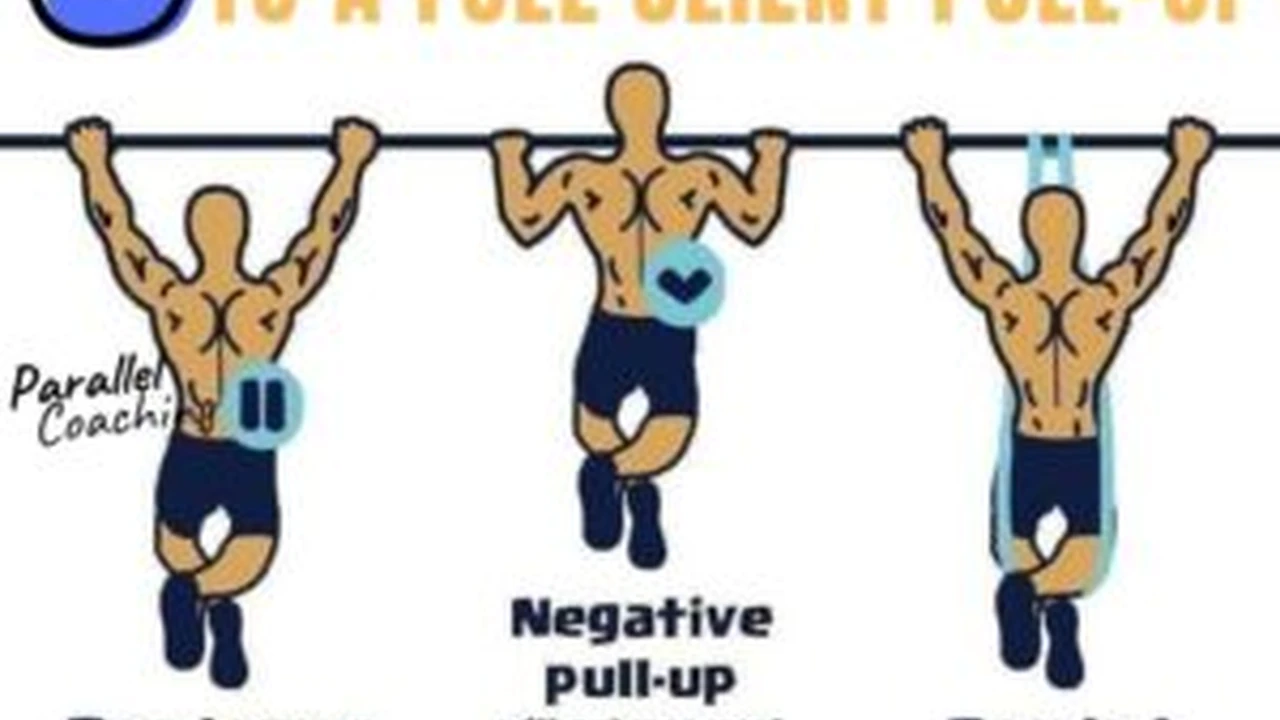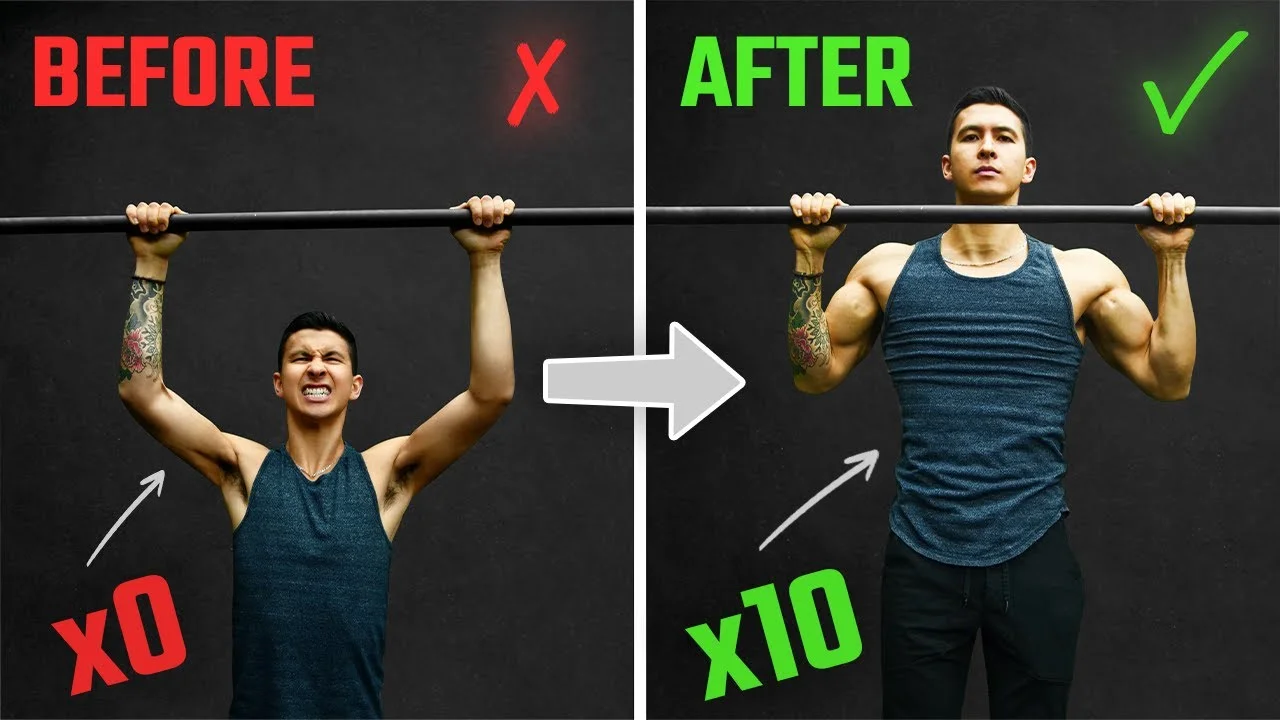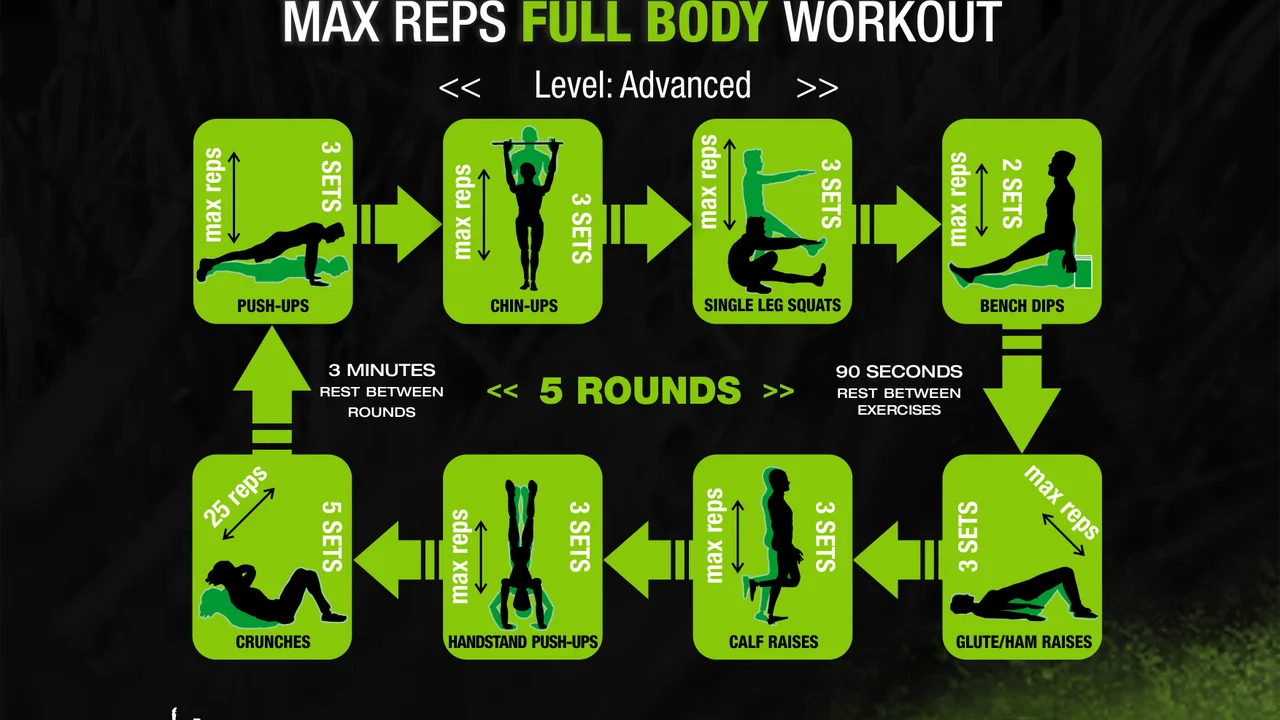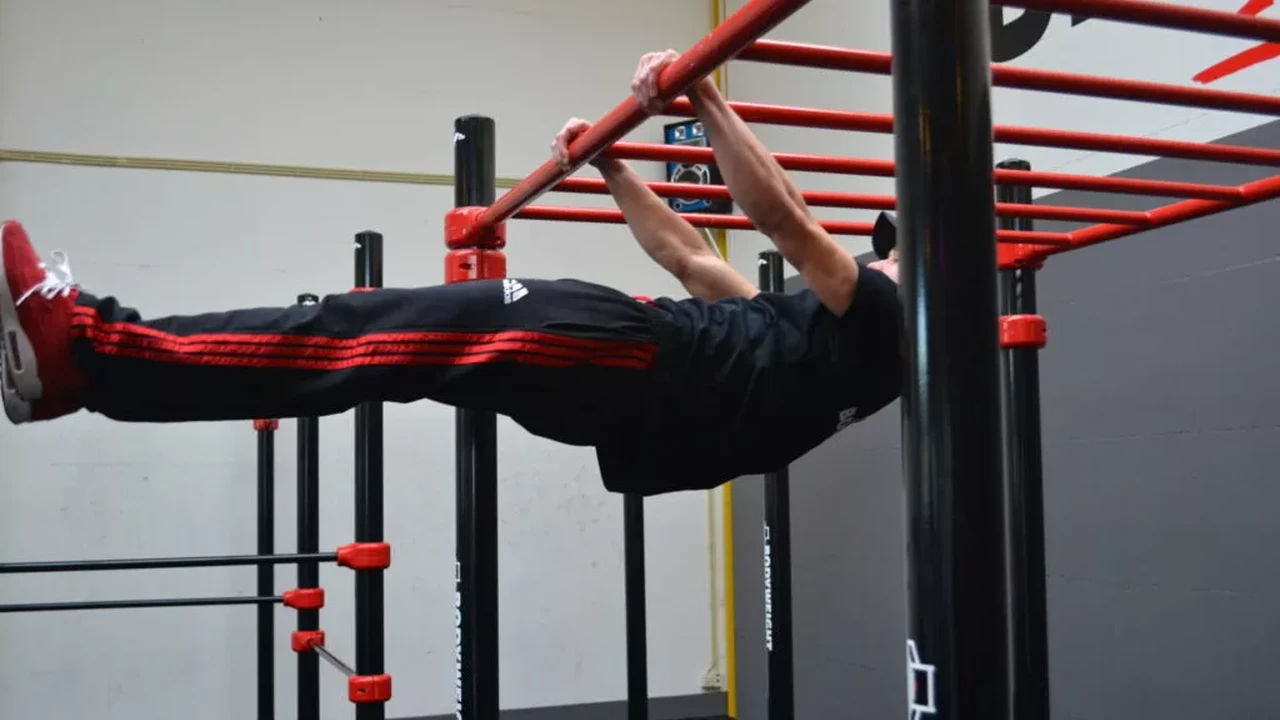Best Calisthenics Grips: Improve Your Hold
Calisthenics is all about mastering bodyweight movements, and a strong grip is crucial. Choosing the right calisthenics grips can significantly enhance your performance, prevent injuries, and allow you to push your limits. This guide dives deep into the world of calisthenics grips, exploring various types, materials, and how they can improve your hold, along with some product recommendations and comparisons to help you find the perfect fit for your training needs.

Let's face it, grip strength can be a real limiting factor in calisthenics. You might have the strength to bust out more reps or hold that impressive position, but your hands give out first. That's where calisthenics grips come into play. They're designed to provide extra friction, reduce sweat, and ultimately help you maintain a solid hold, letting you focus on the movement rather than fighting to stay on the bar.
Understanding Calisthenics Grips Types for Optimal Performance and Preventing Injuries
There's a surprising variety of calisthenics grips out there, each with its own advantages and disadvantages. Understanding the different types can help you choose the one that best suits your training style and preferences.
Full Palm Grips: Maximum Coverage and Protection for Intense Training
These grips cover the entire palm, offering maximum protection against blisters and calluses. They're often made from leather, synthetic materials, or a combination of both. Full palm grips are ideal for beginners or those who spend a lot of time on the bar, as they provide a comfortable and secure hold.
Palm Pads: Targeted Support for Key Pressure Points on the Hands
Palm pads are smaller than full palm grips, covering only the main pressure points on the palm. They offer a good balance between protection and freedom of movement. Palm pads are a popular choice for more experienced calisthenics practitioners who want to reduce friction without sacrificing too much dexterity.
Grip Tape: Customizable Grip Enhancement for Any Calisthenics Exercise
Grip tape is a versatile option that allows you to customize the amount of grip you need. You can wrap it around the bar, your hands, or both. Grip tape is inexpensive and easy to apply, but it may not be as durable as other types of grips.
Chalk: A Classic Grip Aid for Improved Friction and Sweat Absorption
While not technically a "grip," chalk is a staple in the calisthenics community. It absorbs sweat and provides a dry, secure grip. Chalk is best used in conjunction with other types of grips, as it can be messy and doesn't offer any protection against blisters.
Choosing the Right Material: Leather, Synthetic, and Silicone Calisthenics Grips Compared
The material of your calisthenics grips plays a significant role in their durability, comfort, and grip. Let's take a closer look at the most common materials.
Leather Grips: Durability, Comfort, and Natural Grip Enhancement
Leather grips are known for their durability and comfort. They mold to the shape of your hand over time, providing a customized fit. Leather also offers a natural grip that feels secure and reliable. However, leather grips can be more expensive than other options and require proper care to prevent them from drying out and cracking.
Synthetic Grips: Affordability, Versatility, and Easy Maintenance
Synthetic grips are a more affordable alternative to leather. They're often made from materials like neoprene or microfiber, which are durable and easy to clean. Synthetic grips come in a variety of textures and thicknesses, allowing you to choose the one that best suits your preferences.
Silicone Grips: Superior Grip, Enhanced Comfort, and Easy Cleaning
Silicone grips offer superior grip and are very easy to clean. They are generally more resistant to wear and tear than synthetic grips, and also provide good shock absorption. They can sometimes feel less natural than leather, but are a solid choice for those seeking ultimate grip and durability.
Product Recommendations: Top Calisthenics Grips for Every Budget and Training Style
Now that you know the different types of grips and materials, let's take a look at some specific product recommendations.
Bear KompleX Leather Hand Grips: Premium Leather for Maximum Protection and Performance
The Bear KompleX Leather Hand Grips are a popular choice among calisthenics athletes. They're made from high-quality leather and offer excellent protection against blisters and calluses. They're also very durable and will last for a long time. These typically retail for around $30-$40.
Use Case: Ideal for pull-ups, muscle-ups, and other bar exercises where maximum grip and protection are needed.
WOD Nation Palm Protectors: Comfortable Neoprene for Enhanced Grip and Reduced Friction
The WOD Nation Palm Protectors are a great option for those who want a comfortable and affordable grip. They're made from neoprene and provide good grip without sacrificing too much dexterity. These usually cost around $20-$30.
Use Case: Suitable for ring dips, push-ups, and other exercises where a more flexible grip is desired.
Spider Chalk Liquid Chalk: Long-Lasting, Mess-Free Grip Enhancement for All Skill Levels
Spider Chalk Liquid Chalk is a mess-free alternative to traditional chalk. It provides a strong, long-lasting grip and is perfect for those who sweat a lot. A bottle of Spider Chalk will generally set you back $15-$25.
Use Case: Can be used in conjunction with other grips or on its own for a more natural feel. Ideal for any calisthenics exercise.
Element 26 IsoGrips: Minimalist Design with Maximum Grip for Advanced Athletes
The Element 26 IsoGrips are a minimalist grip designed for advanced calisthenics athletes. They offer excellent grip and allow for a full range of motion. These tend to cost around $40-$50.
Use Case: Best suited for advanced movements like levers, planches, and handstands where precise grip and control are essential.
Comparing Calisthenics Grips: Finding the Best Fit for Your Needs and Budget
Choosing the right calisthenics grips can be overwhelming, especially with so many options available. Here's a quick comparison to help you make the best decision.
Leather Grips vs. Synthetic Grips: Leather grips are more durable and comfortable, but they're also more expensive. Synthetic grips are more affordable and easier to clean, but they may not last as long or provide the same level of comfort.
Full Palm Grips vs. Palm Pads: Full palm grips offer maximum protection, while palm pads provide a better balance between protection and freedom of movement. Choose the one that best suits your training needs and preferences.
Chalk vs. Grips: Chalk is a great addition to any calisthenics routine, but it shouldn't be used as a substitute for grips. Grips provide protection against blisters and calluses, while chalk simply enhances grip.
Proper Calisthenics Grips Care and Maintenance: Extending the Life of Your Gear
To ensure your calisthenics grips last as long as possible, it's important to take proper care of them. Here are a few tips:
- Clean your grips after each use with a damp cloth.
- Allow your grips to air dry completely before storing them.
- If you have leather grips, condition them regularly with a leather conditioner.
- Store your grips in a cool, dry place.
Maximizing Grip Strength for Calisthenics: Training Techniques and Exercises to Improve Your Hold
While calisthenics grips can significantly improve your hold, they're not a substitute for proper grip strength training. Here are a few exercises you can do to strengthen your grip:
- Dead hangs
- Towel pull-ups
- Farmers walks
- Grip crushers
- Rice bucket exercises
By incorporating these exercises into your training routine, you'll not only improve your grip strength but also reduce your reliance on calisthenics grips, allowing you to progress further in your calisthenics journey.
Calisthenics Grips for Different Exercises: Optimizing Your Grip for Pull-ups, Dips, and More
The best type of calisthenics grip can vary depending on the exercise you're performing. Here are some recommendations for different exercises:
- Pull-ups: Full palm grips or leather grips offer maximum protection and grip for pull-ups.
- Dips: Palm pads or synthetic grips provide a good balance between protection and freedom of movement for dips.
- Muscle-ups: Leather grips or minimalist grips like the Element 26 IsoGrips are ideal for muscle-ups, as they provide a secure grip and allow for a smooth transition.
- Handstands: Chalk or minimalist grips are best for handstands, as they allow you to feel the bar and make precise adjustments.
Experiment with different types of grips to find the ones that work best for you and your training style.
:max_bytes(150000):strip_icc()/277019-baked-pork-chops-with-cream-of-mushroom-soup-DDMFS-beauty-4x3-BG-7505-5762b731cf30447d9cbbbbbf387beafa.jpg)






